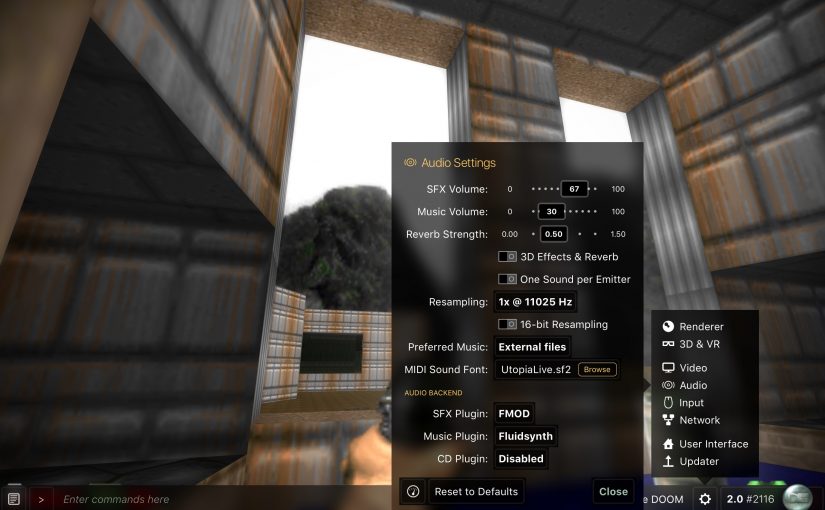The spring months have been a little crazy with various Real Life time sinks preventing me from delving too deep into fun coding. Consequently, there has been little to no progress with the tasks on the roadmap, such as the multiplayer improvements for version 2.1. Given that several months have passed, it will be challenging to find motivation to restart this work. I am tempted to make some changes to the roadmap to get things rolling along again.
I have managed to steal away some time to explore an exciting new direction for the renderer, though. The basic gist of this effort is to completely revise how the game world is drawn, bringing it up to par with the recently redone 3D model renderer.

